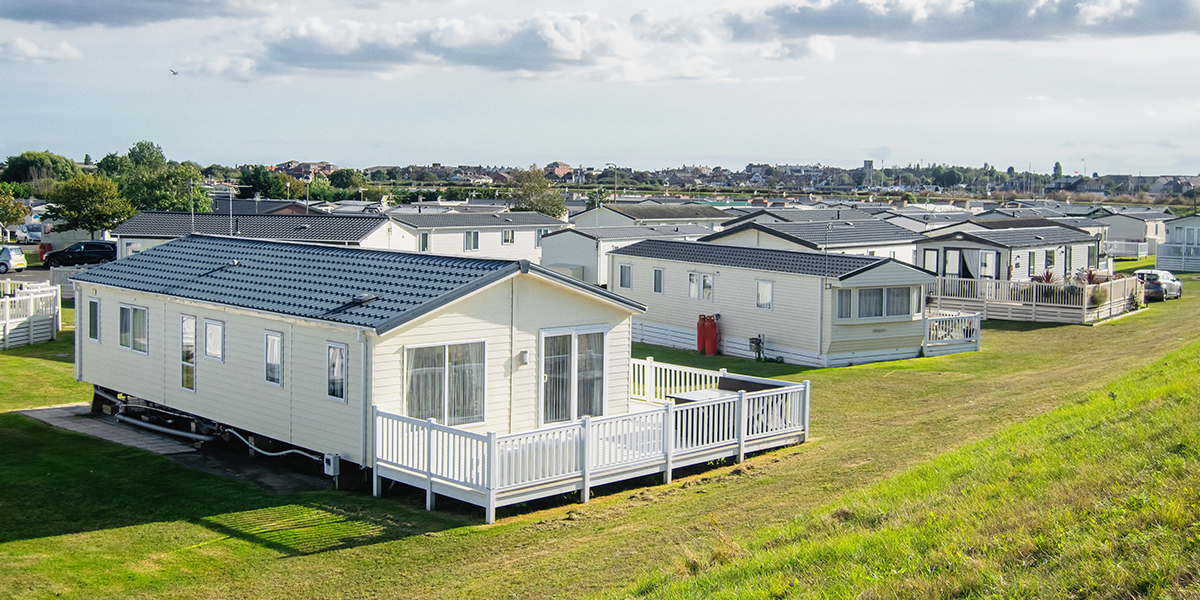 Over the past 20 years, private businesses have joined forces with US and local government to improve the water efficiency of their systems; spending billions on infrastructure to reduce waste and save money. Despite their efforts, more than 2 trillion gallons of water are still lost every year according to the American Water Works Association (AWWA).
Over the past 20 years, private businesses have joined forces with US and local government to improve the water efficiency of their systems; spending billions on infrastructure to reduce waste and save money. Despite their efforts, more than 2 trillion gallons of water are still lost every year according to the American Water Works Association (AWWA).
So, after all of the investments, why are we still wasting water?
While there are several factors, the two main contributors are undetected leaks caused by an aging infrastructure that is decades away from replacement, and faulty irrigation systems/procedures incorporated by millions of property owners.
Much like they do for energy, these property owners and managers must begin monitoring their water use on a weekly basis to ensure efficiency. With the help of solutions that allow you to monitor water consumption down to the hour, as well as the incorporation of conservation principles and procedures, one can easily remedy leaks and adjust poor irrigation practices.
Leak Detection
According to The American Society of Civil Engineers’ 2013 Report Card for America’s Infrastructure, there are an estimated 240,000 water main breaks per year in the United States. With millions of pipes buried underground, some dating back to the Civil War era, most are not examined until there is a problem or a water main break. Assuming every pipe would need to be replaced, the cost over the coming decades could reach more than $1 trillion, according to the AWWA.
While the country waits for the costly but necessary upgrade, in an era where communities are raising water rates and/or placing major restrictions on usage, the constant breaks (the ones you see) and underground leaks (the ones you don’t) are costing both local water departments and property owners big money.
Irrigation
Outdoor water use varies greatly depending on upon geographic location. According to the EPA WaterSense program, some experts estimate that 50% of water used for irrigation is wasted due to evaporation, wind, or runoff caused by inefficient irrigation methods and systems.
Here are some tips to make your property more water efficient by pinpointing problems you may not otherwise detect:
-Instead of auditing water usage by comparing against the previous month’s water bill, try comparing against a bill that is 12-24 months old. An undetected leak may have occurred several months ago.
-Common signs of an undetected leak include: unexplained sudden increases in water use, consistently high water bills, and low water pressure.
-If you have multiple buildings that are relatively the same size, compare water usage to see if one uses more water per sq/ft or per unit.
-Use technology that monitors water usage at the meter on an hourly basis to note trends and spikes that may indicate a leak, such as abnormally high usage at 3 am when a building is empty, or generally less active.
-Use technology that will instantly alert you when water spikes above a preset limit. Pipe leaks can occur at anytime and thousands of gallons could be lost before a leak is detected.
-Tour the property monthly. Keep an eye out for wet spots and alligatored, heaving or cracked pavement.
If you suspect a leak, check your water meter and write the usage down. Next, turn off the water and wait two hours. After two hours of no water use, check the meter again. If the meter does not read exactly the same, you may have a leak.
-Check water pressure on each building. Excessive pressure (more than 80 psi) can increase the chance of leaks, and may damage fixtures.
-Schedule irrigation cycles to water deeply and less frequently. For the spring, two to three days per week is better than daily quick run times. Longer irrigation cycles encourage deep rooting and increase soil moisture for all plants.
-Use indigenous plants to create a water-smart landscape that is both beautiful and efficient. Native plants require little water beyond normal rainfall.
-Install rain/freeze sensors. After all, how many times have we all seen irrigation systems on during rainfall?
-Adjust sprinkler pattern to match planting area. There is no need to water the pavement.
-Raise sprinklers that are blocked by plants to give the area even water coverage.
WaterSignal is a green technology company focused on water conservation. WaterSignal measures water flow in real time to detect leaks and monitor domestic meters, irrigation systems, and cooling towers for commercial, multifamily, medical and educational properties. WaterSignal is located in Alpharetta, GA, and currently has operations in 20 states.



